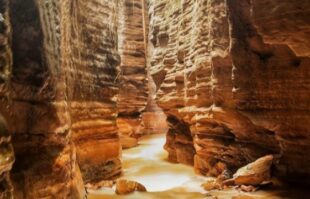Museums are an interesting part of history—they are pictorial evidence of past events. These museums are not just buildings; they are a significant part of the lives and happenings of our forefathers and a representation of who they were, how they lived, and the kinds of lifestyles they exhibited.
In addition, these structures are also a storehouse for equipment, sculptures, and or materials used by these past generations, which are an important part of our heritage.
History has it that the earliest and oldest museum to be founded in Nigeria, the Esie Museum, was founded by Hunter Baragbon in 1945, beginning the country’s history of museums. One of the major tourist locations in the nation, this gallery is considered to have the largest collection of soapstone artwork and photographs in the world.
Nigeria has more than 40 registered museums and galleries that are dispersed throughout the country’s 36 states, particularly in cities like Benin and Calabar in the south, and Kaduna and Kano in the north. Popular museums in Lagos, where many people go, also contribute to promoting and serving as a reminder of the people’s rich cultural history.
In this piece, I will be exploring the top 10 museums in Nigeria that you can visit either as a tourist or a researcher or as someone looking for a relaxing location.
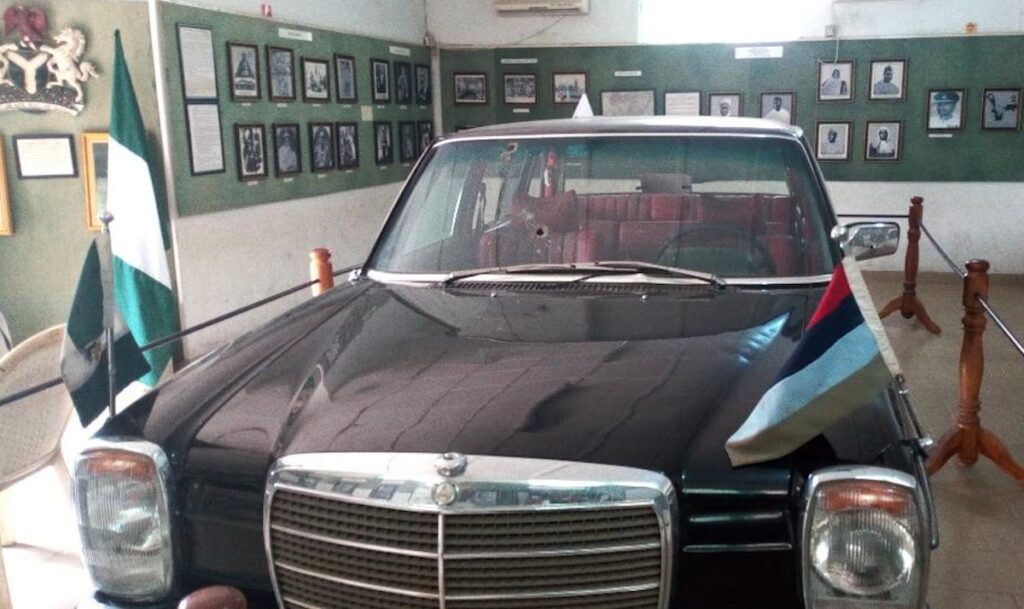
National Museum, Onikan, Lagos
The National Museum is known as the oldest and most visited museum in Nigeria, which is located at onikan on the Island of Lagos. Since its founding in 1957, it has been dedicated to keeping historical artefacts safe. It is one of the Nigerian museums with a large collection of artwork, archaeological finds, and ethnographic displays.
Thus, the Mercedes Benz Saloon Car driven by the former military head of state, General Murtala Muhammad, is one of the artefacts on show at the museum gallery. The car used as evidence is flawlessly preserved and displays the bullet holes that serve as a reminder of Murtala’s murder in 1976.

Jos Museum
Another old museum in Nigeria is the Jos Museum. The capital city of Plateau State is Jos, where the Jos Museum was founded in 1952. The Nok terracotta heads and other artefacts, which date from between 500 BC and AD 200, are among the many prehistoric works of art from Nigeria that are kept in the museum.
Furthermore, the Museum of Traditional Nigerian Architecture, which is part of the Jos Museum, features life-size replicas of several structures, including the Kano city walls, the mosque in Zaria, and a Tiv hamlet.
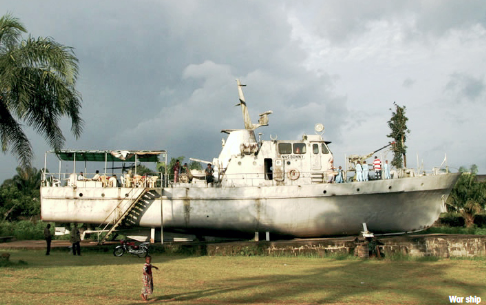
National War Museum, Umuahia
Research reveals that various artefacts from the Nigerian Civil War between Biafran soldiers and the Nigerian military are on display in this museum, which was founded in 1985. There are weapons like firearms, battle tanks, and aircraft to be found. The National War Museum, which is located in Umuahia, Abia State, is regarded as one of Nigeria’s top tourist attractions.
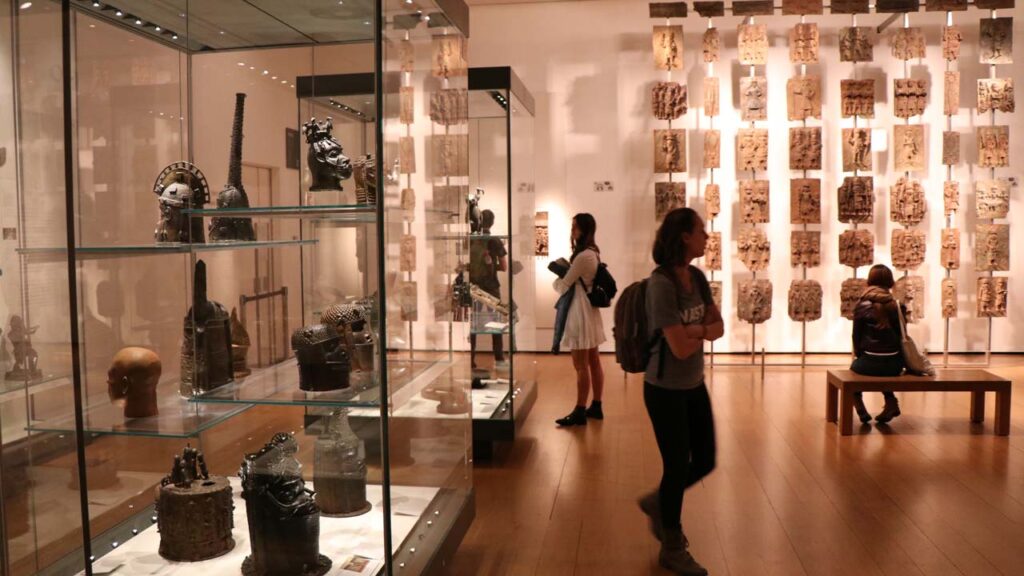
National Museum, Benin City
The Benin Museum is one of the best and oldest museums in Nigeria. This museum was founded in 1973 and is situated in Benin City, the administrative centre of Edo State. Original Benin bronze statues from the museum evoke memories of the former Benin Empire. Additionally, it exhibits ancient cast iron and terracotta artefacts that have a rich history.
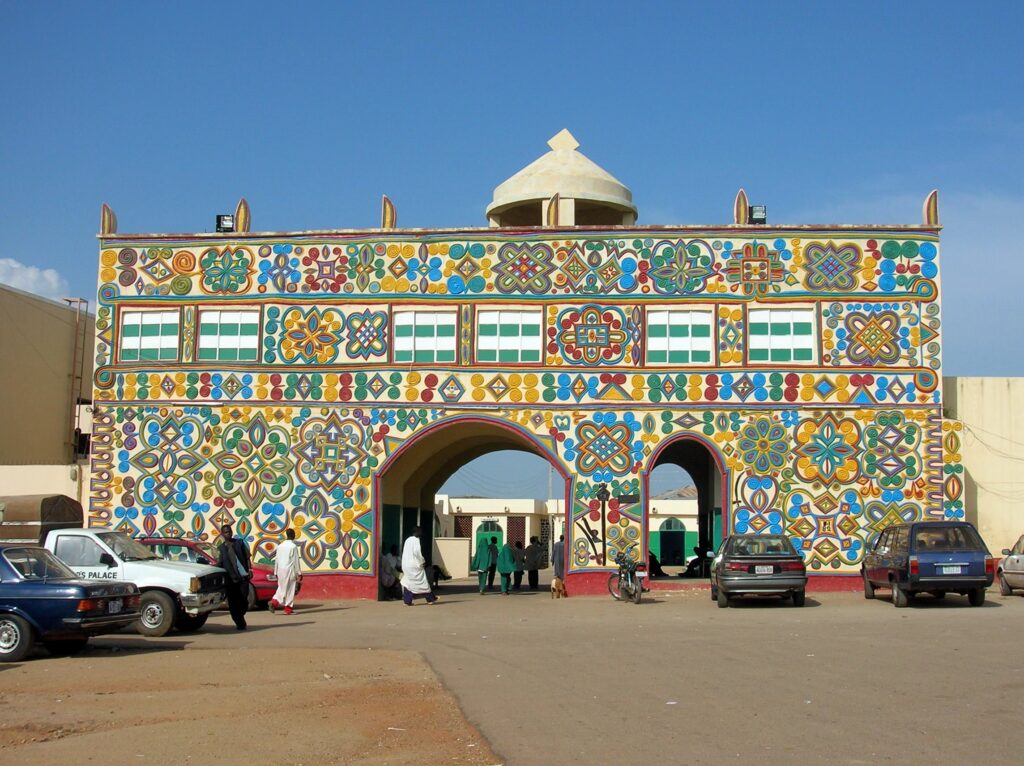
Kaduna National Museum
The unique anthropological and archaeological artefacts are on display at this museum, which was founded in 1975. The museum is situated in Kaduna, the capital of Kaduna State, and includes statuettes made of bronze and terracotta. Additionally, the museum’s grounds also house a typical hamlet of craftspeople.

Old Residency Museum, Calabar
Another old museum in Nigeria that draws visitors and tourists from all over the world is the Old Residency Museum located in Calabar, which is the capital city of Cross-Rivers. According to history, this museum was constructed in 1884, during the colonial era. It is in Cross River State’s capital city of Calabar.
History has it that the museum once served as the colonial authorities’ administrative centre. Relics from the colonial and pre-colonial periods, items from Calabar’s slave trade era, and other significant artefacts are currently on display in this centre.
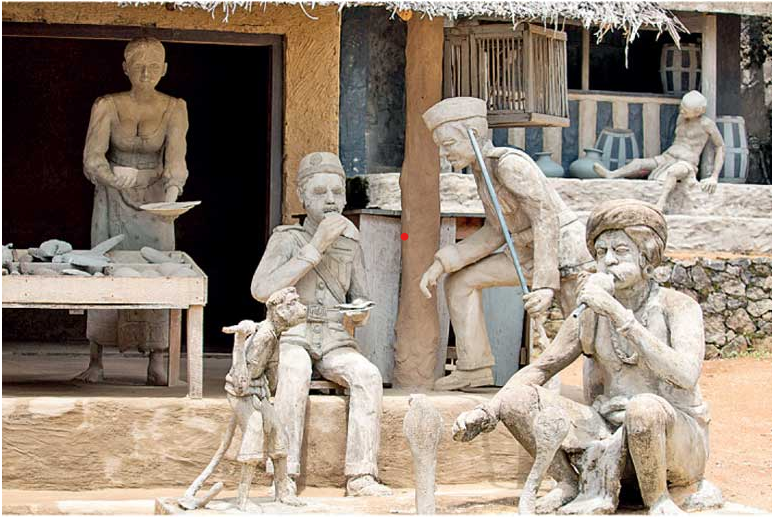
Esie Museum, Kwara State
Kwara State is the home of the 1945-founded Esie Museum. It is one of the country’s oldest museums, and some of the items on display are breathtaking, remarkable, and engaging. The stone statues on show at this museum are reputed to be some of the largest in the world, and they never fail to draw in guests.
There are two different types of galleries located in the Esie Museum: ancient and modern galleries. According to reports, this museum has over 2,000 different artefacts on exhibit. Along with the old stones, additional things are kept in the new exhibit. The museum hosts a festival of monuments every year in April.
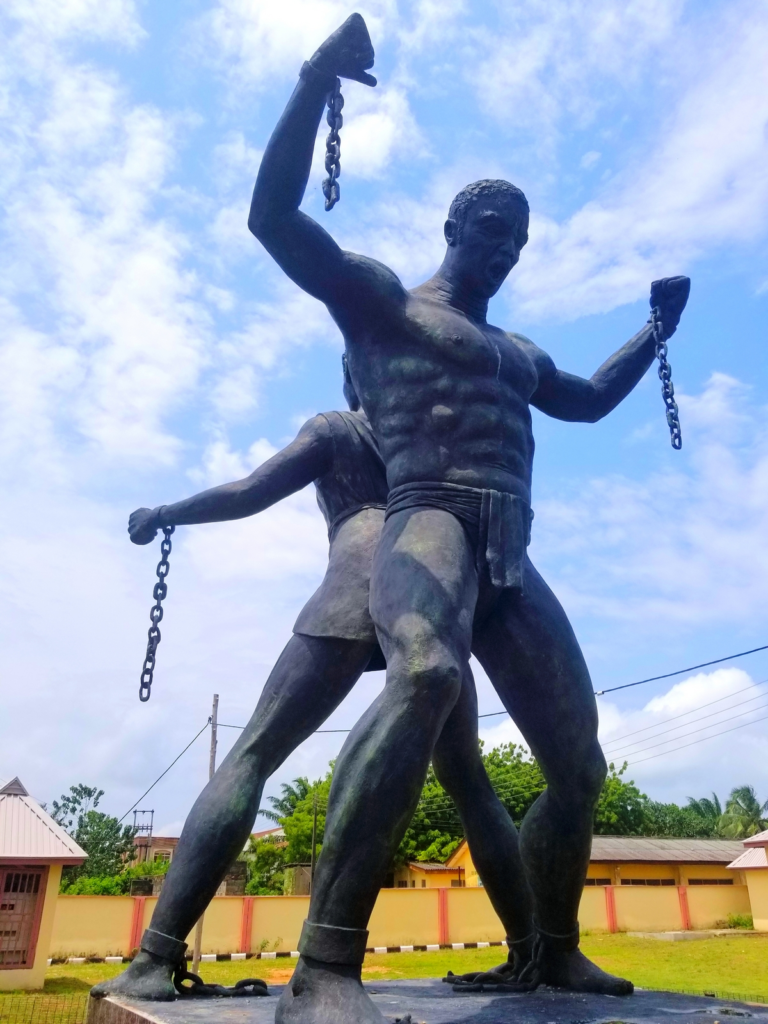
Badagry Heritage Museum
This museum, which was established in 1863 and is located in Badagry, Lagos, is crucial to understanding the history of both Nigeria and Africa. The museum exhibits numerous artefacts from the colonial era’s slave trade and provides excellent insight into the events that occurred during that time, taking the mind back in time to connect with our ancient history and appreciate the freedom we now possess.
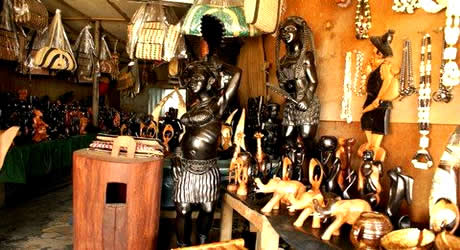
Oron Museum
The history in the Oron Museum is particularly relevant to the Nigerian/Biafran War. Therefore, a few antique exhibits and Civil War artefacts are on display at Oron, Akwa Ibom state. For tourists and other scholars, items like Chukwuemeka Odumegwu Ojukwu’s bunker, the first President of the Biafran Republic, are on display.
Furthermore, it is a component of the nation’s top museums and was built in 1959 before the civil war looted it. It wasn’t rebuilt until 1975, and ever since then, it has served as a gathering place for people seeking a connection to the past.

Gidan Makama Museum, Kano
One of the oldest museums still in operation in Nigeria is the Gidan Makama Museum. It is situated in Kano state and is listed among the monuments that this nation has. It was once the palace of the Emir of Kano and dates back to the 15th century. It is home to numerous significant works of art, sculpture collections, things of historical significance, etc.
When visiting the location, one may view the 11 galleries off the main entrance hall, which house traditional materials from the past as well as artefacts from the civil war, Kano from the 19th century, and remnants of the old city fortifications.





